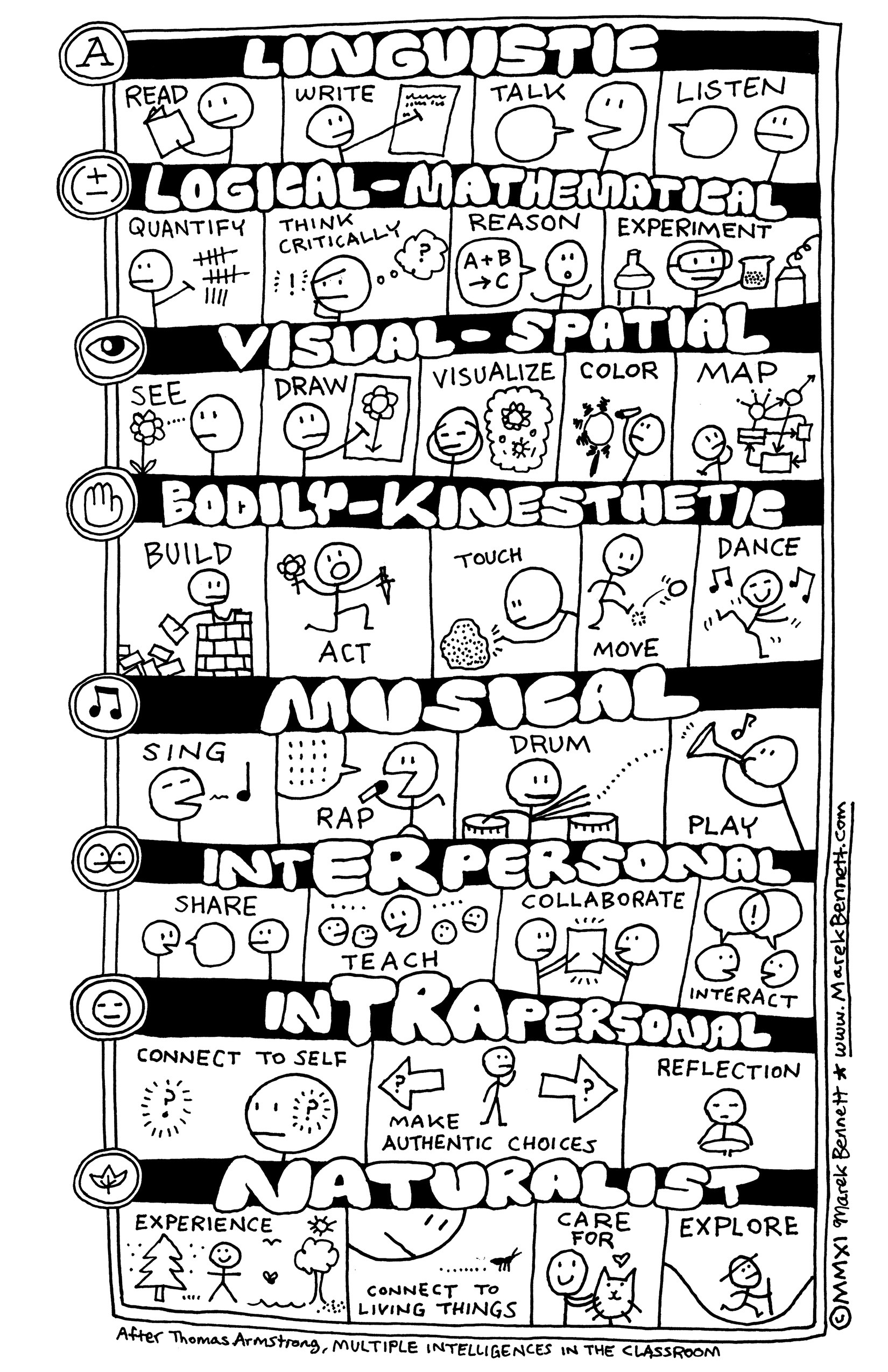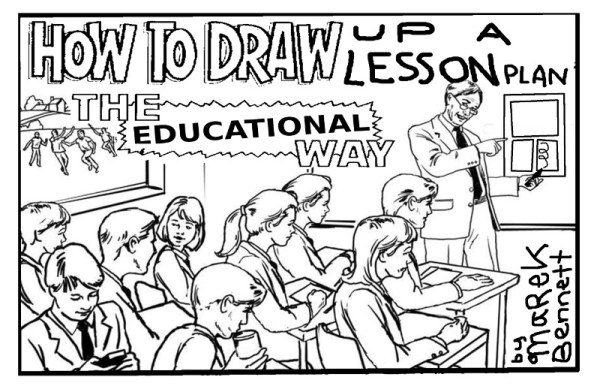I recently received a copy of the NALA publication ‘A Review of Adult Numeracy Policy and Practice in Ireland’. It was published by NALA in late 2017 and is a worthy read for any adult literacy practitioners. The publication starts with a set of definitions of adult numeracy. It is striking that in Ireland there is no one definition of adult numeracy but all the definitions outlined in the NALA document ring true for what learners state as needs and for the needs being met in the classroom. The publication sets out the international and national research, policy and practice context and then suggests some steps to be taken.
The piece that resonated with me was the 2009 research that was carried out in England and which NALA documents as:
Adults with poor numeracy were more likely than those with good numeracy to have parents with no qualifications, twice as likely to be early school leavers and twice as likely to have had parents who were unemployed or receive income support. They also found that numeracy skills have a strong impact on employment and earnings and those with poor numeracy skills were less likely to receive workplace training.
The findings of this research relate closely to the experiences of the adult literacy learners in Kerry. We hear the challenging experience learners had with education in the past, their current challenges in finding employment or progressing in employment and their desire to improve their skills as a way to progress in work, to support their families or to participate more confidently in daily life.
The publication also points to research conducted by the OECD in 2012 (PIACC) and states that ‘the data shows that there is a strong relationship between education achieved and numeracy proficiency’ and that ‘more than half of those reporting being in poor health (53.8%) are at or below Level 1’. Adults with poor literacy were also more likely to report a long-term illness and are about twice as likely to suffer symptoms of depression. (NALA, 2017).
An important part of the document is documentation of a survey of practitioners in 2017. This survey took place at the NALA Numeracy Conference last year. There are many core and clear observations and recommendations. I recommend taking time to read this document.






